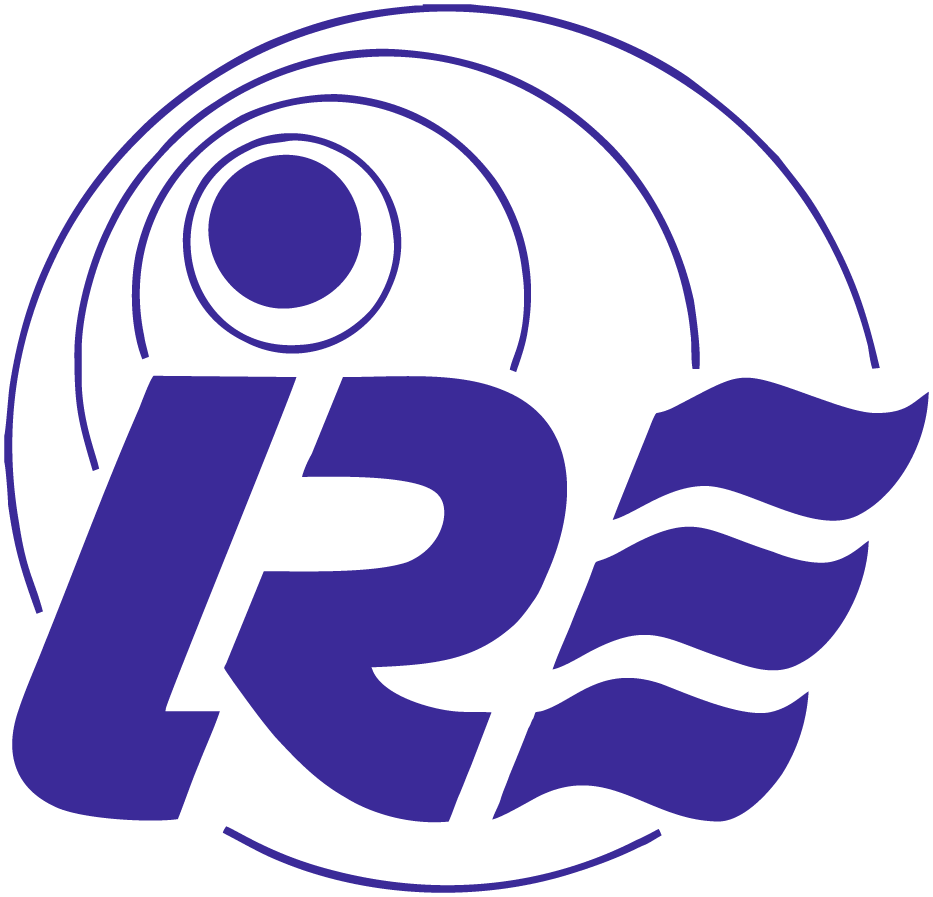The scientific work of the Department consists of two global, mutually interacting areas of research under the direction of Prof. A.A. Kirilenko:
- the mathematical modeling of waveguide devices and periodic structures from individual programs to the system of automatic modeling and design;
- the investigation of physical effects, phenomena and laws of wave propagation in open and resonant waveguide structures with a continuous spatial spectrum.
Within the first direction mathematical models and the corresponding software code to analyze waveguides with arbitrary smooth boundaries and their fragments are being developed. The software implementation of the algorithms was fulfilled for calculation of the spectra of eigenwaves for the objects with piecewise boundaries in Cartesian and cylindrical coordinate systems (by the mode-matching technique taking into account the field singularities) and objects with arbitrary smooth boundaries (by the method of integral equations and the method of stepwise approximation). The electromagnetic assembling was implemented based on the generalized scattering matrix technique taking into account possible symmetries of the object. Calculation, analysis and synthesis of 3D systems is supplemented by gradient descent and particle swarm optimization procedures. On the basis of developed algorithms the problems of synthesis, analysis and optimization of the complex antenna-feeder devices for polarization and frequency selection were solved. At the same time, it became possible to fulfill the applied and fundamental researches within a single software package.
A characteristic feature of the second direction is the use of non-traditional approach along with traditional methods to the analysis of physical phenomena in waveguide structures and perforated screens. Spectral theory of open waveguide resonators developed in IRE NASU is successfully used to reveal the physical nature of the resonance effects. Currently, it is being successfully generalized for waveguide and periodic 3D-resonators. It is important to note that a number of devices offered by employees of the department are the results of deliberate physical research, and as a consequence, their operation is based on new physical principles.

 15.06.2016
15.06.2016